 Ballast water treatment (BWT) specialist Optimarin has established itself as "the supplier of choice" for offshore vessels, with over 50% of its system orders now placed for PSVs, AHTS and associated, advanced service vessels. According to CEO Tore Andersen, the last six months alone have seen 16 new agreements signed, pushing the number of offshore system orders beyond the 160-unit mark.
Ballast water treatment (BWT) specialist Optimarin has established itself as "the supplier of choice" for offshore vessels, with over 50% of its system orders now placed for PSVs, AHTS and associated, advanced service vessels. According to CEO Tore Andersen, the last six months alone have seen 16 new agreements signed, pushing the number of offshore system orders beyond the 160-unit mark.
Norway's Golden Energy Offshore is the latest firm to opt for Optimarin's market proven system, with units ordered for two ULSTEIN designed PX121H PSVs currently under construction at the Nantong Rainbow yard in China. This agreement mirrors recent contracts with Gulf Offshore (three vessels), EMAS (four vessels) and Island Offshore, for two advanced OSVs from Vard Braila in Romania.
"We secured our first offshore order in 2008 and carried out the market's first ever offshore retrofit in 2009, onboard the MV North Mariner" comments Andersen. "So we've spent years developing our expertise in a sector defined by its specialist vessels, high utilization rates, and intense competition.
"It's a unique environment, with unique demands," he continues, "and suppliers that don't appreciate that won't prosper. With this recent surge of orders I believe we're seeing our investment, experience and sector understanding really pay off."
Optimarin's simple, flexible and reliable BWT solution is favored by offshore operators and yards for its space saving nature and low maintenance requirements, minimizing operational downtime. Its modular nature ensures it can be installed within the tight constraints of any offshore vessel – with components housed in, for example, pump rooms or between cargo tanks – while the sole UV lamp most Optimarin offshore-optimized systems require compares favorably to the multiple lamps (sometimes up to 15) employed by competing solutions.
"In some ways it's a case of less is more in this market," Andersen explains. "The less components, the less replacement parts you need and the less that can go wrong. But, in addition, these vessels don't undertake regular ballasting and, when they do, their complex cargo offloading duties mean they have significant time to perform the procedure. So, they don't need large pumps and high capacity systems and we can downscale our solution to offer them optimal efficiency, price and performance.
"That solutions-orientated approach demonstrates our understanding of their requirements."
Alongside its BWT technology, Optimarin has put equal emphasis on building lasting relationships with key yards, both at home in Norway – such as Vard Langstein, Vard Brevik and Ulstein – and further afield, like Damen of the Netherlands, where eight units were supplied in 2012/2013 for state-of-the-art newbuild World Wide Supply PSVs.
"We get perhaps 90% of newbuild business through the yards," Andersen notes, "so it pays to have excellent working relationships. A recent collaboration with Vard epitomizes our approach, as we worked with their design office to make a new skid – very compact and sleek – for easy system installation. That shows how we'll go the extra mile to deliver optimum service and solutions."
Thanks to industry demand for advanced vessels, and an increasing adoption of DNV GL's CLEAN DESIGN classification, which necessitates BWT system installation, newbuild business is booming. Retrofit activity currently only takes up around 15% of Optimarin's offshore orderbook, but, as Andersen stresses, this is set to change:
"So far we've completed retrofits for companies of the caliber of Technip, Bourbon, Gulf Offshore and PGS," he says, "with excellent results. But there's a huge global fleet that still requires systems, perhaps up to 3000 vessels, and closer to home, we estimate that there's maybe 550 offshore ships under Norwegian ownership that will need reliable BWT systems with proven operational success.
"With our specialism and experience – Optimarin now boasts 95 offshore systems installed and in operation – we believe we can offer the market something unique, building on our now established position as the offshore BWT supplier of choice."
Optimarin's environmentally friendly system, utilizing filtration and high doses of UV irradiation to inactive marine organisms, is fully IMO and USCG approved (AMS), with certification through DNV GL, BV, RMRS and CCS. The company has received over 300 system orders for vessels up to 60,000dwt, with 180 systems now installed worldwide.


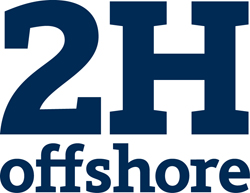 2H Offshore,
2H Offshore,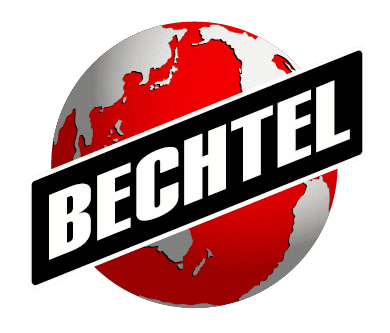 Bechtel
Bechtel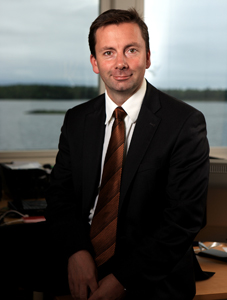 "STA 4.0 is certainly a logical advance from the technical point of view in line with market expectations, but its availability also brings immediate benefits for our end-users," says Roger Ringstad, Managing Director, Seagull Maritime AS. (photo)
"STA 4.0 is certainly a logical advance from the technical point of view in line with market expectations, but its availability also brings immediate benefits for our end-users," says Roger Ringstad, Managing Director, Seagull Maritime AS. (photo)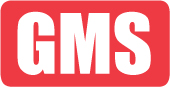 Gulf Marine Services
Gulf Marine Services 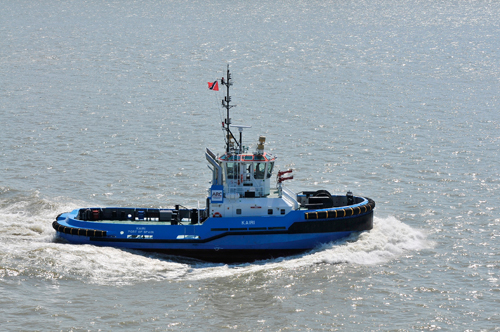 First delivery of Damen ASD Tug 2810, ARC Towage signed four contracts total in Barcelona, Spain
First delivery of Damen ASD Tug 2810, ARC Towage signed four contracts total in Barcelona, Spain Ballast water treatment (BWT) specialist
Ballast water treatment (BWT) specialist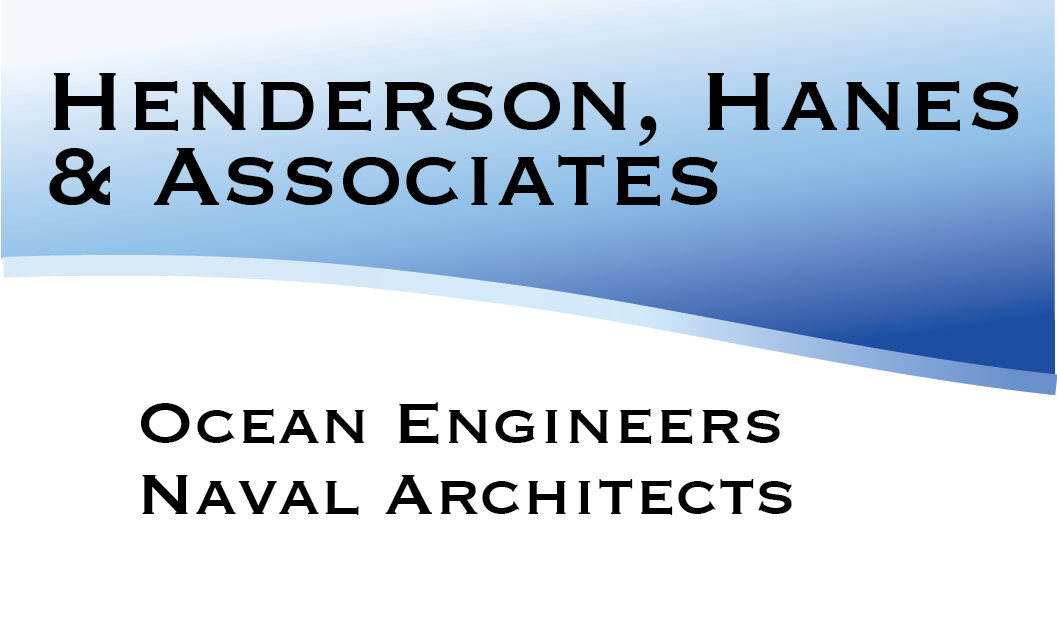 The Miami-based ocean engineering and naval architecture firm of
The Miami-based ocean engineering and naval architecture firm of 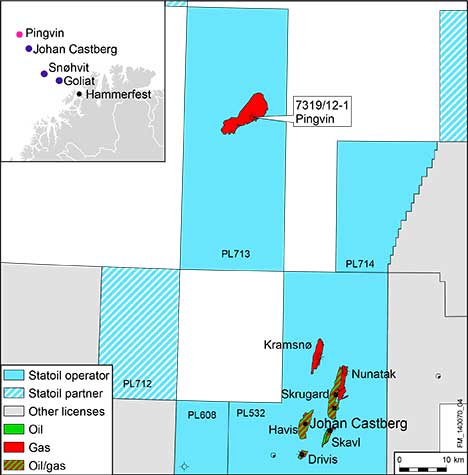 The discovery well 7319/12-1, drilled by the drilling rig Transocean Spitsbergen, proved a 15-meter gas column in the well path. Statoil estimates the volumes in Pingvin to be in the range of 30-120 million barrels of recoverable oil equivalent. The discovery is currently assessed as non-commercial.
The discovery well 7319/12-1, drilled by the drilling rig Transocean Spitsbergen, proved a 15-meter gas column in the well path. Statoil estimates the volumes in Pingvin to be in the range of 30-120 million barrels of recoverable oil equivalent. The discovery is currently assessed as non-commercial. Claxton, an Acteon company, has released an
Claxton, an Acteon company, has released an  NYC-based
NYC-based 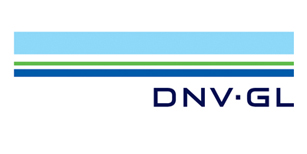 The subsea sector is reportedly set to quadruple in size, with projected annual revenues of £85bn by 2020. Currently 45% of the UKCS (United Kingdom Continental Shelf) production comes from subsea wells and with an increased focus on maximising economic recovery, one of the key challenges is to increase the use of subsea tie-backs to existing installations.
The subsea sector is reportedly set to quadruple in size, with projected annual revenues of £85bn by 2020. Currently 45% of the UKCS (United Kingdom Continental Shelf) production comes from subsea wells and with an increased focus on maximising economic recovery, one of the key challenges is to increase the use of subsea tie-backs to existing installations.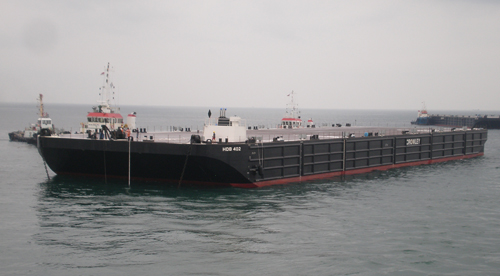 Crowley Maritime Corporation's
Crowley Maritime Corporation's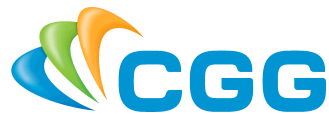 In order to more effectively align and leverage
In order to more effectively align and leverage  Since the first successful oil well was drilled by Shell-BP in 1956 at Oloibiri, Nigeria has acclaimed the status of Africa's largest oil producer and the sixth largest in the world. However, the Nigerian oil and gas industry has been engulfed in challenges with few success stories. The statistics are damning: the country loses approximately 215,000bpd to oil theft, at an estimated value of $8 billion a year.
Since the first successful oil well was drilled by Shell-BP in 1956 at Oloibiri, Nigeria has acclaimed the status of Africa's largest oil producer and the sixth largest in the world. However, the Nigerian oil and gas industry has been engulfed in challenges with few success stories. The statistics are damning: the country loses approximately 215,000bpd to oil theft, at an estimated value of $8 billion a year.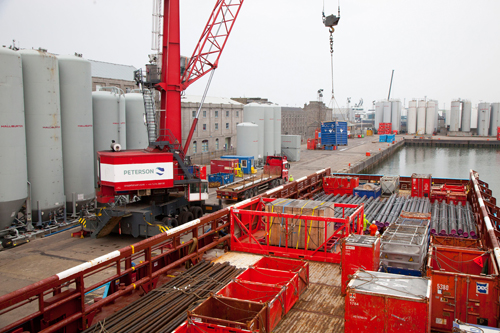 December 2013.
December 2013.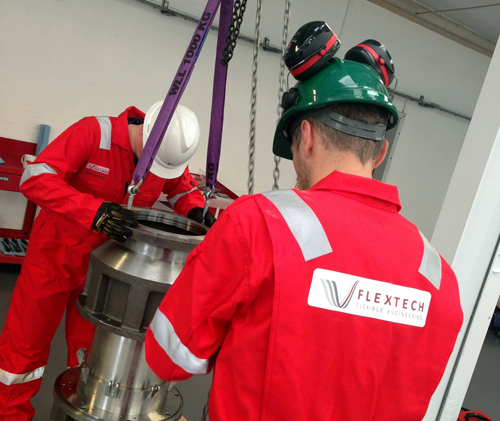 As part of its ongoing growth and development strategy, flexible pipe specialist
As part of its ongoing growth and development strategy, flexible pipe specialist